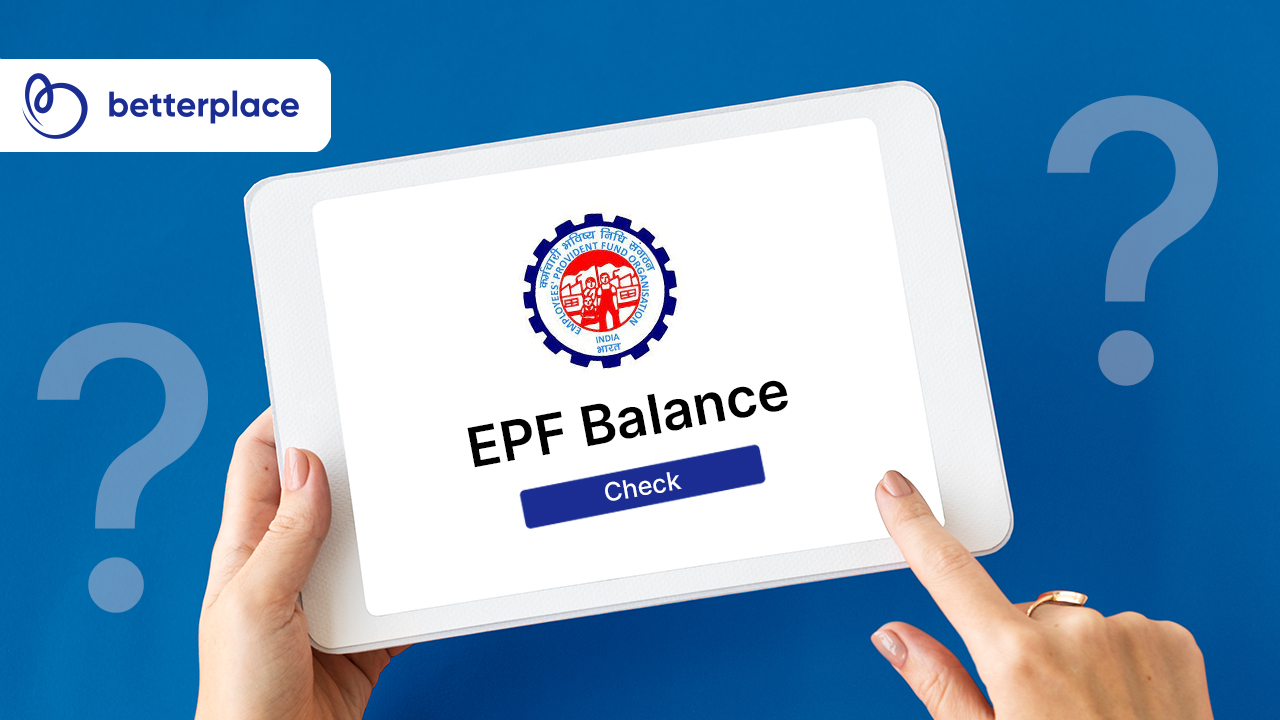As an employer, you must help your employees save tax. But helping comes only if you understand how. Here’s a roundup of tax saving solutions you should know about.
Salary Components That Reduce Tax Burden
There are certain allowances for salaried employees that are exempted. And when the salary structure is adjusted and restructured to reflect these allowances, they can significantly reduce the tax burden.
Some of the common allowances are as follows:
- HRA (House Rent Allowance) – This allowance is for an employee living in rented accommodation. To claim this deduction, it is essential that it forms a part of the salary.
The lowest of these will be tax-free:
-
- Actual HRA received.
- Excess rent paid that should be less than 10% of basic salary.
- 50 % of salary plus dearness allowance in case of a house located in metro cities (Mumbai, Kolkata, Delhi or Chennai); 40% in case the house is located in non-metro cities.
- LTA/LTC (Leave Travel Allowance/Concession) – LTA is given to employees so that they can meet their travel expenses incurred for travel — with family — to in India. ‘Family’, here, includes spouse, children, parents, siblings, who are wholly or partially dependant on the employee. It can be availed by submitting travel bills/ tickets to the employer. The exemption on LTC is subject to certain terms and conditions.
- Car maintenance allowance – If the employer-owned car is used by the employee, and the employer reimburses driver’s salary, insurance, maintenance and fuel expenses the taxable value will be Rs 2,700 per month (car with engine capacity up to 1,600 cc) or Rs 3,300 per month (car with engine capacity more than 1,600cc).
If the employee owns the car, an exemption of Rs 2,700 per month or Rs 3,300 per month in respect of the driver salary, maintenance and fuel expenses borne and reimbursed by the employer.
- Children’s education allowance – Claiming education allowance is yet another way of saving tax as it is deducted from the taxable income. An employee gets 100 INR per month or 1200 INR per annum per child (up to a maximum of 2 children) for children’s education expenses.
- Hostel expenditure allowance – The Income Tax helps employees meet the hostel expenditure of children too. The allowance allows a deduction from taxable income – 300 INR per month or 3600 INR per annum per child (up to a maximum of 2 children).
- Uniform allowance – This one is granted to meet the purchase and maintenance cost of the official uniform worn to dispense employee duties. This cost is tax-free.
- Medical allowance – This financial year has brought a huge relief in terms of medical expenses for self and dependents. From FY 2019-20 onwards, the standard deduction has been raised to Rs. 50,000.
Along with these, there are few other facilities that help reduce the tax burden.
- Phone bill reimbursement – Here phone bill includes telephone, mobile bill, and broadband connection which is reimbursed by the employer and is non-taxable.
- Meal vouchers – The food allowance or meal voucher given to the employee by the employer is also tax-free. These vouchers are solely for the employee and are not transferable. The limit of this allowance is 50 INR per meal, calculated on 22 working days a month and 2 meals per day.
- Gift voucher- A gift (even in the form of token or voucher) given to the employee by the employer is not taxable. The limit here is 5000 INR annually.
Now that allowances and facilities are out of the way, it’s time to discuss the retirement component.
- EPF – Under the EPF Act, both employer and employee have to contribute 12% of (employee’s) basic salary and dearness allowance to the PF account. The tax liability here falls under the EEE ( Exempt Exempt Exempt) category wherein the money invested in EPF, the interest earned, and the money withdrawn are all exempted from income tax, subject to certain conditions.
- NPS – Under the NPS (National Pension Scheme), employees can claim a self-contribution of up to 50000 INR under section 80CCD (1B) as a tax benefit.
Employee salary consists of various components that can save tax. Sadly, most do not take it into account while negotiating salary packages. Although employees do not dictate the salary structure, employers nowadays are much receptive and open to building tax-saving compensations.
FAQ’s
1. How is HRA calculated for tax deduction?
The minimum of the below three are considered for HRA calculation for tax deduction.
– Actual sum received as HRA from the employer.
– Actual rent paid deducted from 10% of salary.
– 50% of basic pay for employees who reside in cities and 40% of basic pay for those living in non-metros.
2. Does the tax liability exist if the car is owned by the employer?
Regardless of who owns the vehicle, if the vehicle gave by the business is utilized exclusively for legitimate purposes, no assessment risk exists. For this to be non-taxable, the business must keep up appropriate records as given underneath:
– Subtleties of all the official excursions must be kept up including subtleties, for example, date, goal, mileage, bills, and different uses identified with it.
The business should likewise give an endorsement expressing that the vehicle was utilized distinctly for legitimate purposes.
3. What is the ceiling amount for conveyance allowance?
Conveyance Allowance (otherwise called Transport Allowance) is given by the manager to the representative(employer) to meet worker transportation cost from home to work environment. It is excluded upto Rs. 19,200 for each annum (Rs. 1600/month) under Sec 10 of the Income Tax Act.
4. What if the gift voucher allowed from the employer is more than the allowed limit?
If the gift voucher allowed by the employer is more than 5,000 (allowed tax limit), the excess amount will be added to the total taxable income of the employee, regardless of the difference.
5. Can I dictate my salary structure?
No, employees do not have the privilege to define their salary structure. Although they can consider negotiating the salary package and structure on the time of joining.
6. Is Dearness Allowance a mandatory requirement?
In the public sector, dearness allowance is part of the employee’s salary structure. But in the case of the private sector, there is no specific law stating that this segment is mandatory. If DA is not part of your salary structure, you can negotiate the same with your employer since it’s part of the minimum wage.
7. Is the internet cost tax free along with the phone bills?
If your employer is reimbursing your internet bills along with telephone bills, this amount can be claimed for saving tax. To claim this deduction without hassles, one must ensure that the reimbursement is included in your CTC mentioned in the offer letter.
8. What is tribal area allowance?
Tribal area allowance is a special allowance provided to the taxpayers residing in hilly, scheduled, and agency areas such as Madhya Pradesh, Tamil Nadu, Uttar Pradesh, Karnataka, Odisha, Tripura and Assam. The maximum exemption allowed in such cases is Rs. 200 per month.
9. What is the ceiling amount for island duty allowance?
The maximum limit for island duty allowance is Rs. 3250 per month. This allowance is limited to the members of the armed forces who are assigned with duties in islands such as Andaman & Nicobar and Lakshadweep.
10. What is the helper allowance?
In the event that you have recruited a right hand to satisfy the obligations of your business, the consumptions brought about can get an allowance.
11. What is a special allowance?
Certain allowances are excluded under Section 10(14) of the Income Tax Act, 1961. Section 10(14) says that:
– Any uncommon allowance/advantage, not a perquisite, according to the significance indicated in condition (2) of Section 17, is conceded for the representatives to meet certain costs entirely. These costs must be brought about while playing out the obligations of an office or work of benefit.
– Any allowance conceded to the representative either to meet individual costs at the workplace/work for benefit performed by him or to remunerate him for the significant expense of living.
– In these cases, the allowance given is excluded from taxes.
Some of the special allowances permitted by the IT department are, Transport Allowance, Tribal Area Allowance, Outstation Allowance, Hostel Allowance, Island Duty Allowance, Children’s Education Allowance, Uniform Allowance, Academic/Research Allowance, Travelling Allowance, Daily Allowance, and Helper Allowance.
12. How is special allowance taxed?
Certain categories of taxes are fully exempted such as allowances given to judges at the Supreme Court and the High Courts.
Allowances such as house rent allowance are partially exempted as per Section 10(13A).
Other allowances such as city compensatory allowance are fully taxable.
13. What is the ‘washing allowance’ and how much is the ceiling amount for this?
The officials of the Supreme Court get ‘washing allowance’ of up to Rs 21,000 for each annum, practically equivalent to a composite dress and washing allowance conceded to the Special Protection Group (SPG) and more than what the officials of the Army, Air Force and Navy get each year for their dress and its support. In the event that you wear routine garments at work, washing allowance isn’t deductible. But travel allowance of Rs. 800 every month, every other measure of month to month allowance is taxable. Reimbursement received for the washing costs would be completely excluded from tax. The allowance sum is fixed at Rs. 1000/ – consistently , irrespective the representative’s grade and level.








